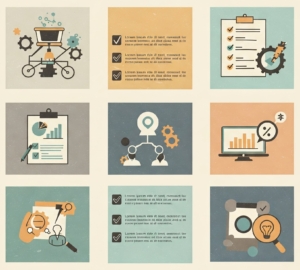The First 3 Items on Your 2025 IT Checklist
 As we move into 2025, our businesses face a new set of challenges. Political and economic changes, rapidly emerging technologies, and increasing security threats will all demand our attention. Where we focus, and the decisions we make, will impact our businesses, customers, and employees. Is your 2025 IT Checklist ready to help?
As we move into 2025, our businesses face a new set of challenges. Political and economic changes, rapidly emerging technologies, and increasing security threats will all demand our attention. Where we focus, and the decisions we make, will impact our businesses, customers, and employees. Is your 2025 IT Checklist ready to help?
Your information technology services remain critical to your business operations. Pragmatic, thoughtful planning and decisions now, will empower your team and enable your business to address the coming challenges – and opportunities. Here are the first three of six key areas to explore as you build your IT goals and objectives, and your 2025 IT checklist.
1 Navigate the Windows 10 End of Life Transition
As we approach 2025, one of the most pressing IT challenges for businesses is the transition away from
Windows 10 reaches end of life on October 14, 2025. Microsoft will no longer provide updates, support, or free security patches. Now is the time to prepare. The move to Windows 11 will impact your IT planning, budget, and operations.
- Inventory all devices running Windows 10, including laptops, desktops, and any embedded systems in manufacturing or distribution equipment.
- Evaluate each device for Windows 11 compatibility and identify machines that require replacement.
- Determine if compatible machines can/should be upgraded or replaced to ensure performance.
- Subscribe to the Extended Security Update program for systems that cannot or will not be replaced in time.
As you assess your needs and plan replacements and upgrades, be mindful of potential supply chain issues. Expect the current political and economic climate, and increased demand for new devices, to impact pricing and availability.
2 Maximize Your Productivity Suite Utilization
Your productivity suite – Microsoft 365 or Google Workspace – is the backbone of your business operation. And yet, studies show that over 65% of small businesses leverage less than 40% of their productivity suite’s features.
Unlocking the full potential of these tools can drive efficiency and collaboration.
- Encourage a culture of continuous learning and sharing within your organization. Share shortcuts, tips, and best-practices.
- Help your team explore, utilize, and gain comfort with new features.
- Identify and share ways new features can streamline existing workflows and tasks.
- Set expectations for team members to learn and use their systems more efficiently and effectively, and to adapt to updated workflows.
3 Integrate AI Effectively into Your Business Operations
Artificial Intelligence (AI) is becoming a cornerstone of modern business operations. Beyond the hype and hyperbole, AI can benefit your business when part of realistic, practical use cases.
In 2025, prioritize practical AI applications while safeguarding data security and managing costs.
- Refine your data governance policies to protect sensitive information.
- Identify and prioritize use cases for AI, such as automating repetitive tasks or enhancing customer service.
- Explore AI capabilities in your existing systems before investing in new solutions.
- Provide thorough training to ensure employees understand AI tools and their role in streamlining workflows.
Next Steps
For help with any part of your 2025 IT checklist, or to tap into our expert guidance, book a complementary intro call with our Cloud Advisors. Ask for an IT Assessment Referral Code and request your IT assessment.
About the Author
 Allen Falcon is the co-founder and CEO of Cumulus Global. Allen co-founded Cumulus Global in 2006 to offer small businesses enterprise-grade email security and compliance using emerging cloud solutions. He has led the company’s growth into a managed cloud service provider with over 1,000 customers throughout North America. Starting his first business at age 12, Allen is a serial entrepreneur. He has launched strategic IT consulting, software, and service companies. An advocate for small and midsize businesses, Allen served on the board of the former Smaller Business Association of New England, local economic development committees, and industry advisory boards.
Allen Falcon is the co-founder and CEO of Cumulus Global. Allen co-founded Cumulus Global in 2006 to offer small businesses enterprise-grade email security and compliance using emerging cloud solutions. He has led the company’s growth into a managed cloud service provider with over 1,000 customers throughout North America. Starting his first business at age 12, Allen is a serial entrepreneur. He has launched strategic IT consulting, software, and service companies. An advocate for small and midsize businesses, Allen served on the board of the former Smaller Business Association of New England, local economic development committees, and industry advisory boards.



